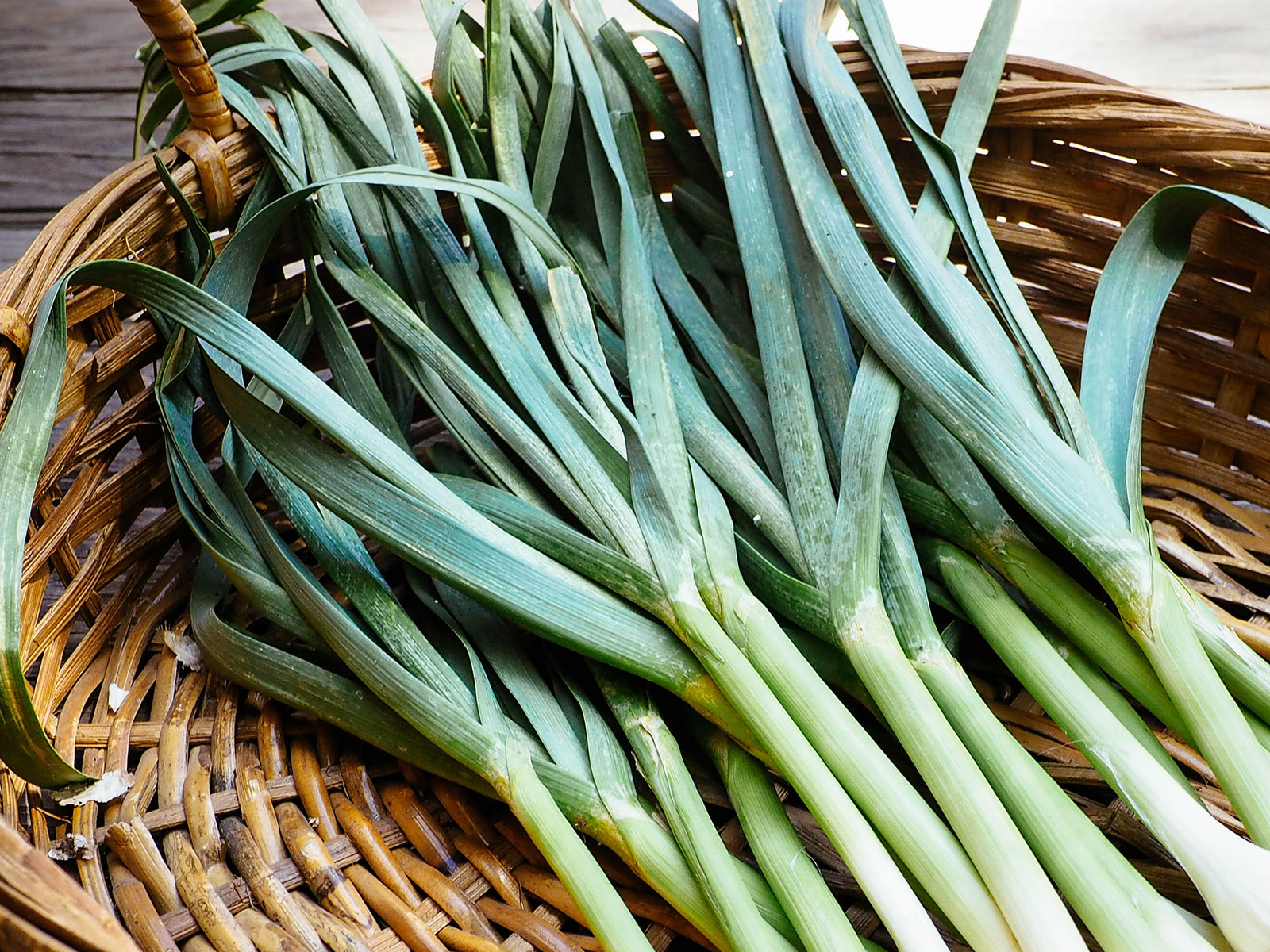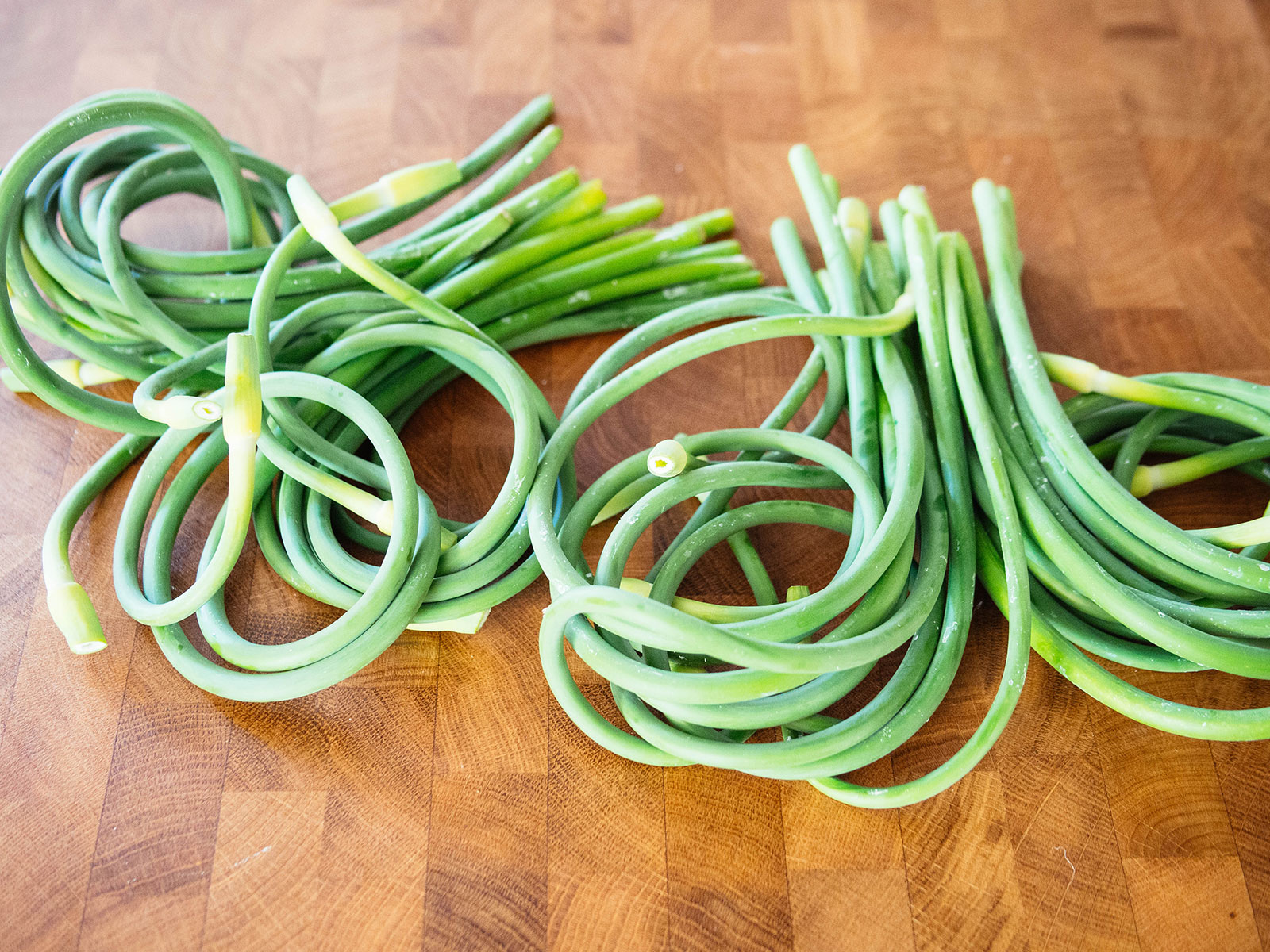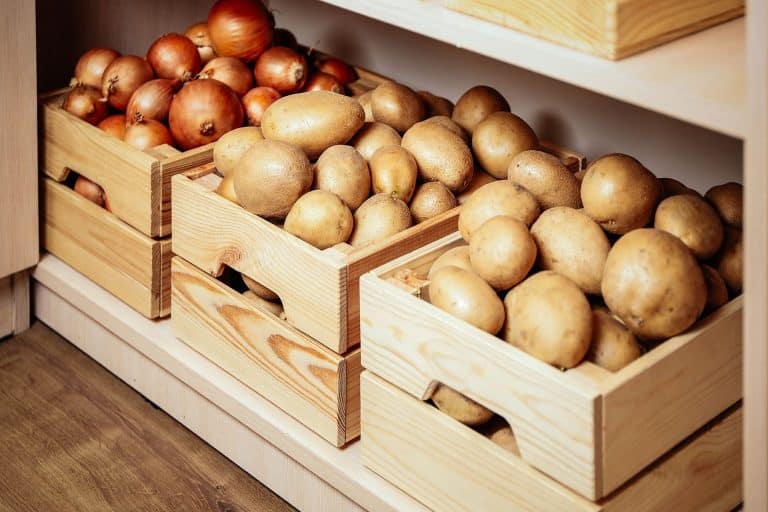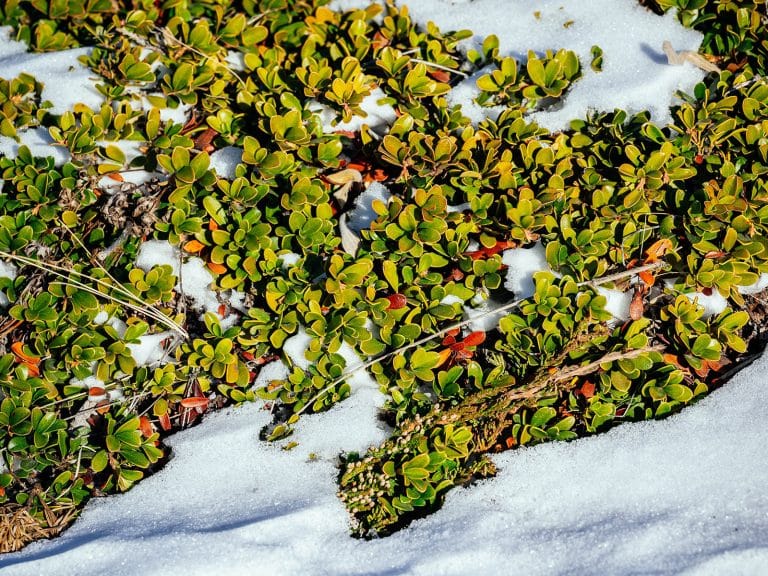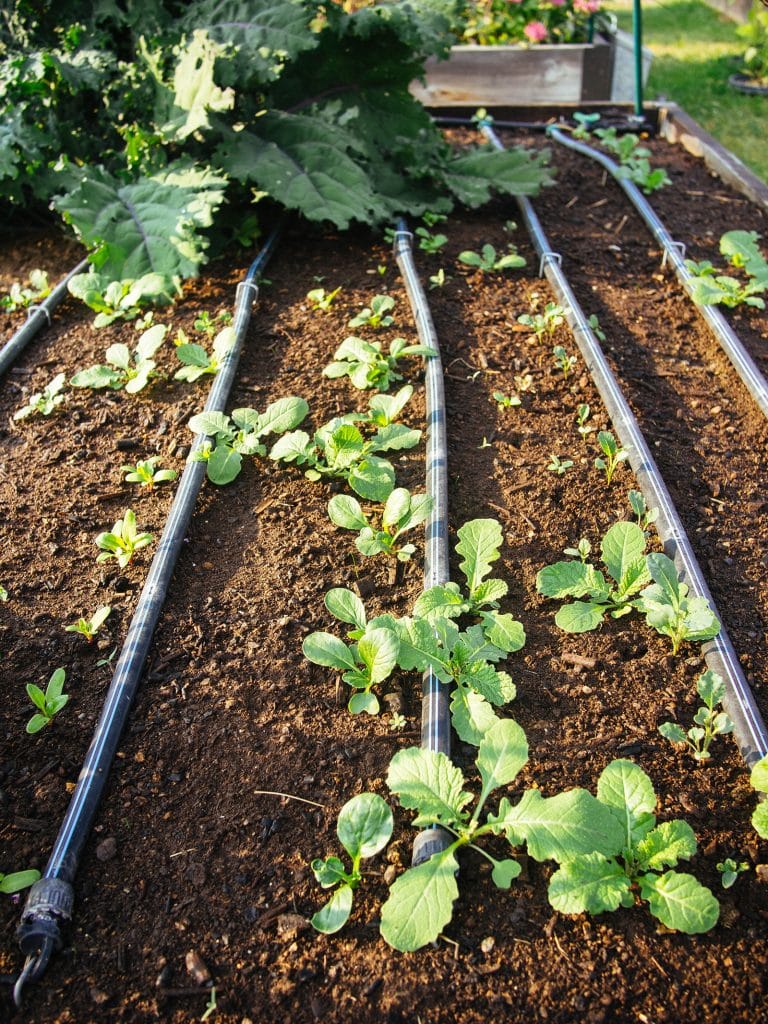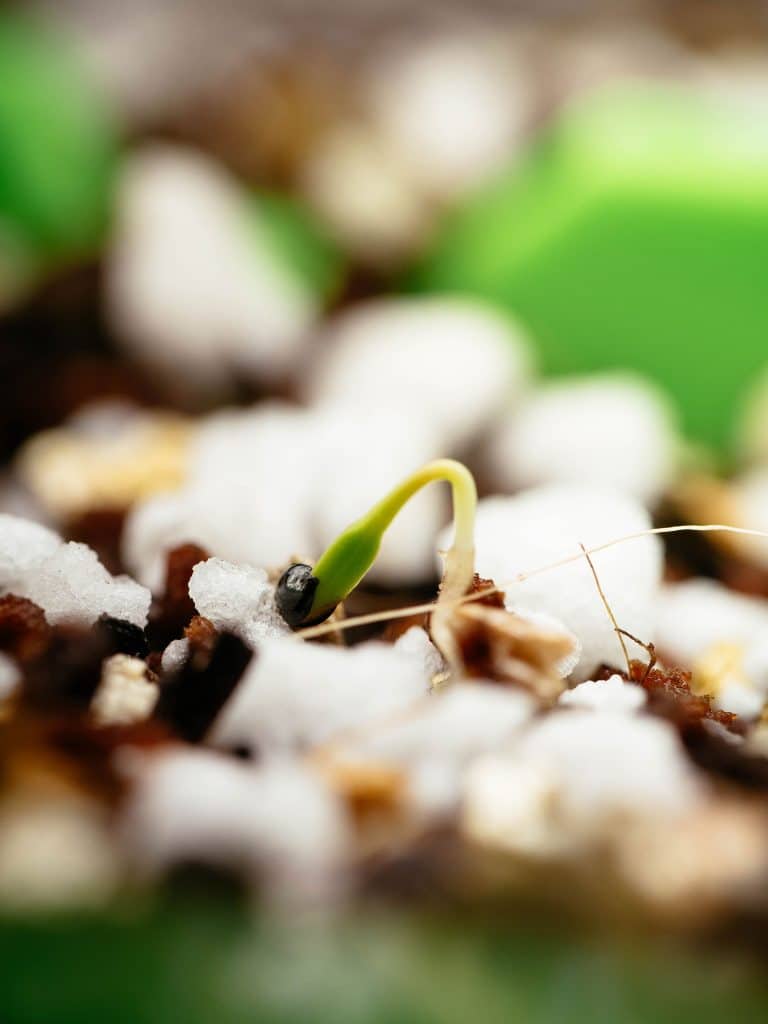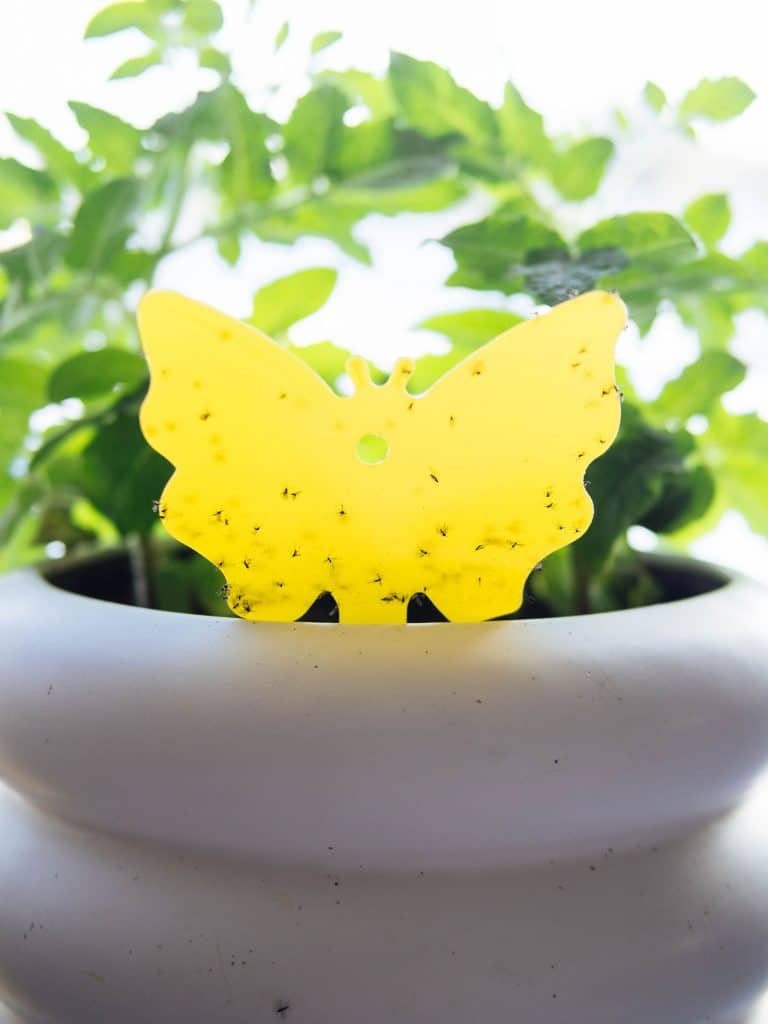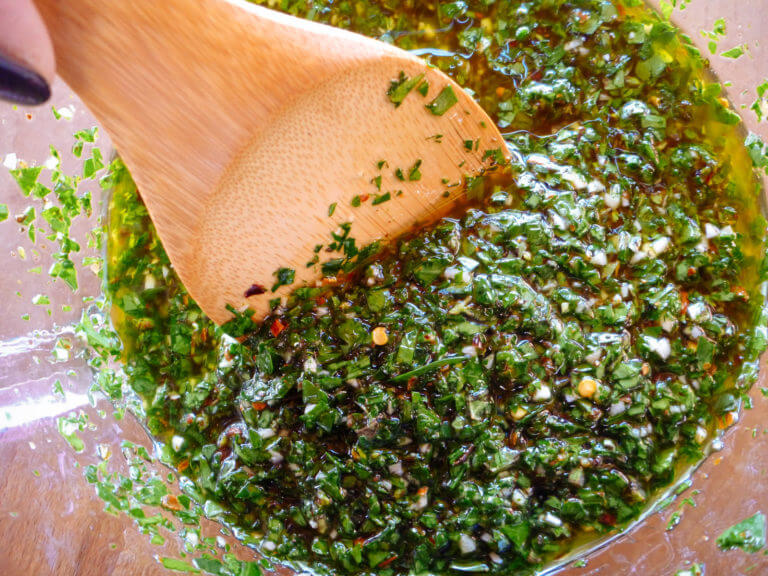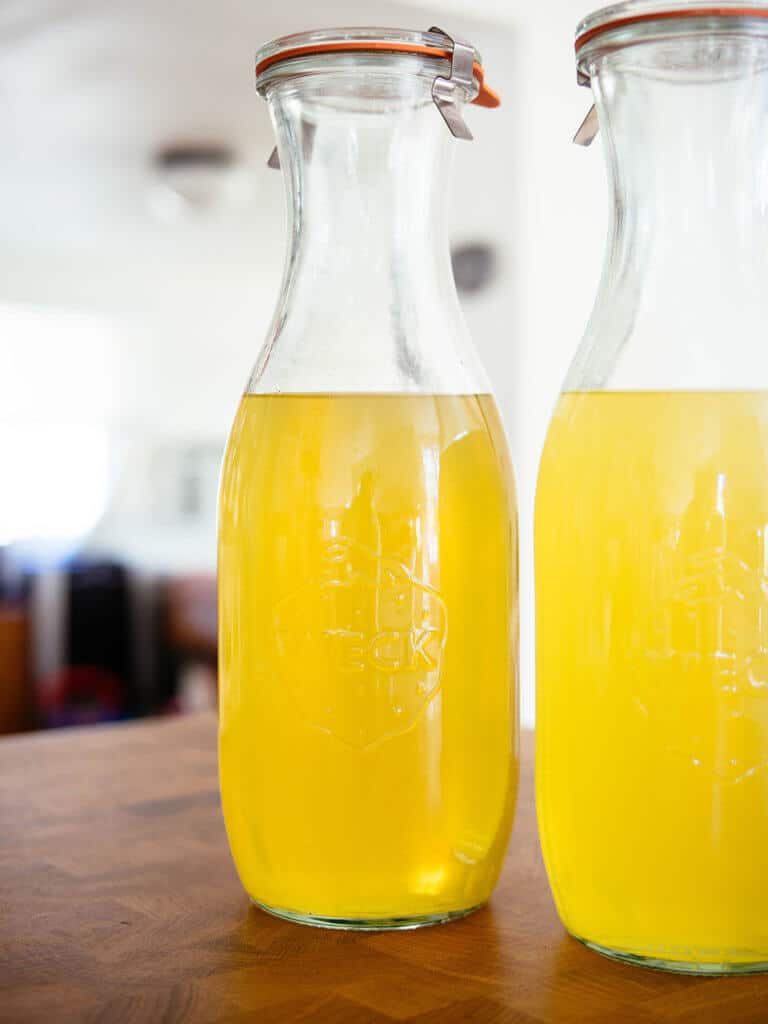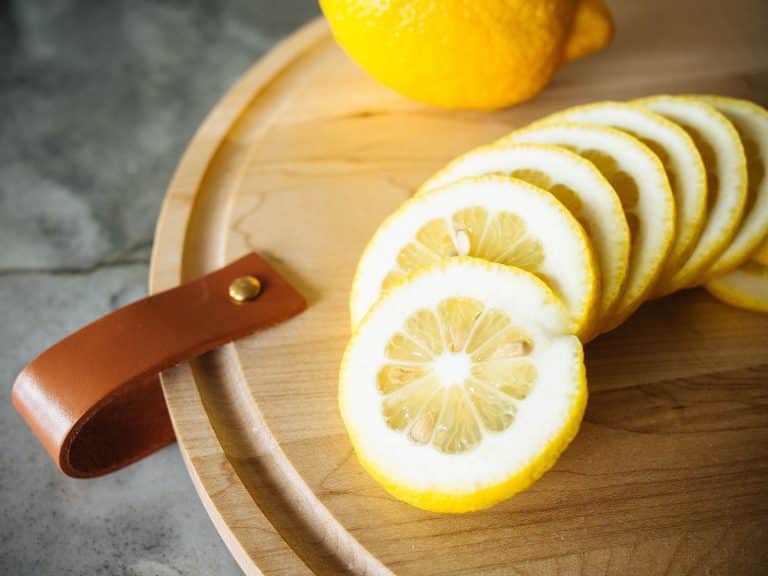I love garlic scape season—but like most delicacies, their window is short, appearing for just a few weeks in spring. People who grow hardneck garlic at home will see scapes forming on their crop between mid-May to mid-June, and removing the scapes before they bloom serves a double purpose: to gain a delicious bonus harvest as well as improve the size of the bulbs that are still developing underground.
Farmers’ markets will often feature garlic scapes around this same time, so if you see them for sale, don’t pass them up!
Just like a fresh and verdant version of garlic, scapes are mild and delicious. You can generally use garlic scapes wherever you normally use garlic but want a milder garlic flavor. They can be used raw, but their flavor will sweeten and mellow a bit when cooked.
Below are nine of my favorite ways to use garlic scapes in my everyday cooking!
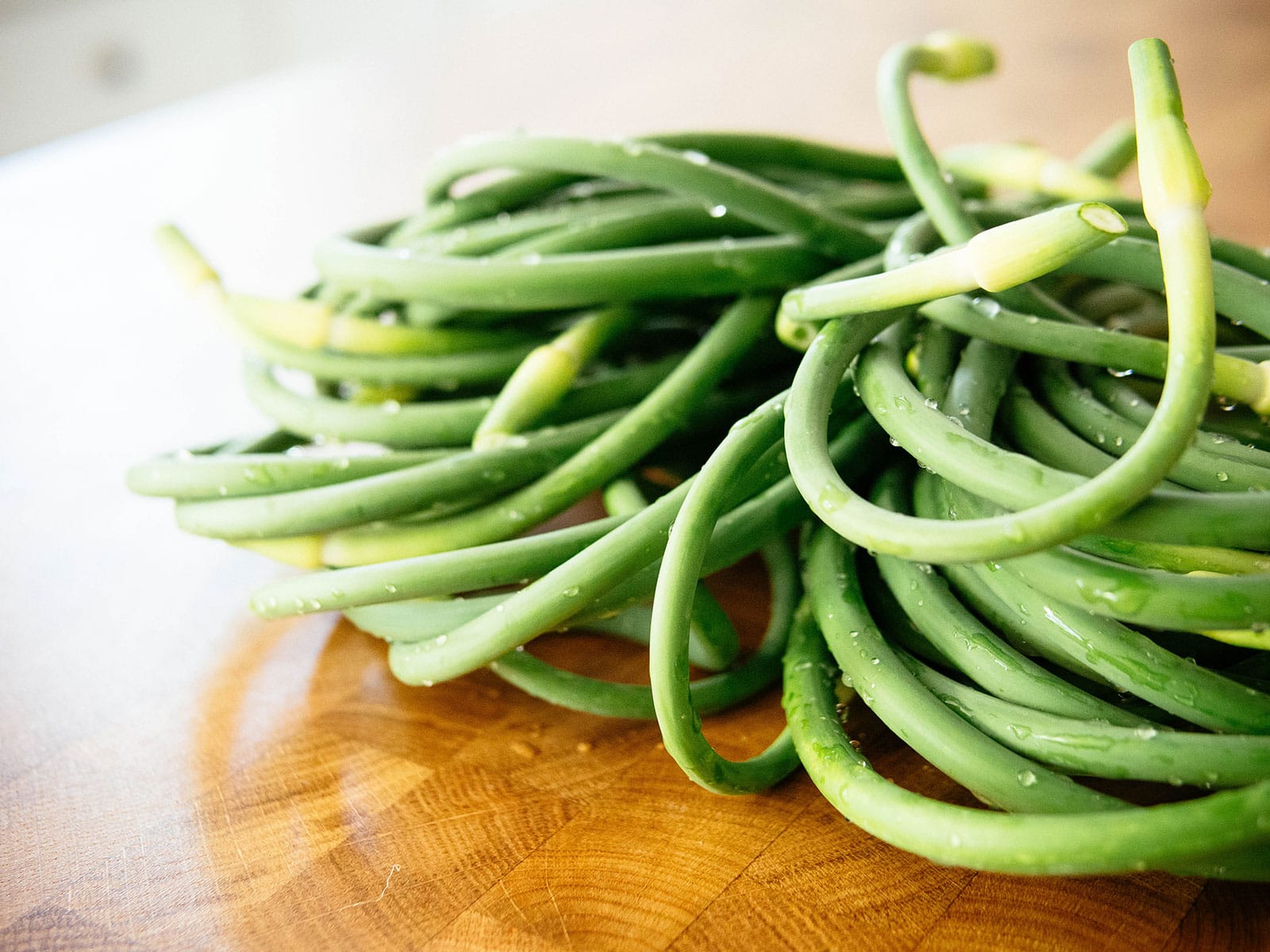
Garlic scapes as an aromatic
If you’re the type of person who can’t start any recipe without fresh chopped garlic or onion, you’re in luck. This is an easy way to add garlic scapes to your meals and their milder flavor means you can use more of them.
I like chopping up garlic scapes more coarsely and sauteing them in oil or butter, but you can also mince them to use in sauces, marinades, dressings, and dips (including salsa, guacamole, and herbed yogurt dips).
Garlic scapes as a vegetable
Most recipes call for using garlic scapes as an accent, but they’re a delicious vegetable in their own right. Think of them as a more aromatic green bean or asparagus to give you some ideas on how you can use them.
I like cutting garlic scapes into shorter lengths and stir-frying them for a noodle or rice bowl, chopping them up to put in soup or salad, or roasting them with leeks and root vegetables for a versatile side dish.
My newest obsession is garlic scapes on pizza! I pan-fry whole garlic scapes in a little oil with a pinch of salt (just enough to char the edges a bit and give them a vibrant green color), then top my pizza before it goes in the oven. The curled scapes make for a very fun and gourmet presentation, and I especially like them with spicy sausage, fennel, and dabs of ricotta.
Sometimes I also make garlic scapes Korean-style in a dish called maneuljjong-bokkeum, which goes well with rice and a protein of your choice.
Grilled garlic scapes
A quick and easy way to add a side dish to your summer BBQs is to toss garlic scapes with a little oil, salt, and pepper, then char them on the grill for a couple minutes, flipping them halfway through. (I recommend using a griddle or grill pan so you don’t lose any through the grate.) Finish with a squeeze of lemon and serve with your favorite grilled meats.
You can also wrap garlic scapes in thin slices of prosciutto and grilling them just enough to slightly soften the scapes and add a light char.
Garlic scape pesto
Garlic scape pesto is a crowd pleaser, and I like to mix garlic scapes with basil or another leafy green (like pea shoots or fava bean leaves) in a traditional pesto recipe.
This is the best use of raw garlic scapes as it showcases the flavor in all its pungent glory (of course, you can tone it down by using more basil, herbs, or other leaves in the pesto).
Garlic scape hummus
Take your homemade hummus up a notch by substituting garlic scapes for the garlic in your recipe. I’ve also found that tahini-free hummus is just as delicious as traditional hummus, so there’s no need to run out to the store if you don’t have tahini on hand.
Personally, I like mine with a little more lemon, which really brings out the garlic scape flavor.
Garlic scape compound butter
Finely chopped garlic scapes can be stirred into softened butter for a delicious compound butter that’s perfect for melting over steaks, poultry, fish, vegetables, or garlic scape bread.
To bring out that lovely garlicky flavor, try adding a squeeze of lemon and maybe some fresh minced thyme to the butter before rolling it into a log and freezing it for future use.
Garlic scape cream cheese
If you like a good, herb-y cream cheese, blend a handful of finely chopped garlic scapes with parsley, scallions, salt, and pepper for a zesty spread you can put on bagels or crackers. (Sun-dried tomatoes are another favorite mix-in.)
You can also try variations of this creamy dip by substituting goat cheese for cream cheese, or using a base of Greek yogurt and sour cream.
Pickled garlic scapes
Do you have a favorite pickle recipe? (If you don’t, here are a few classics from my recipe box: pickled radish seed pods, pickled roasted beets, pickled green tomatoes, sweet hot pickled feijoas, and sriracha stem pickles.)
Choose one that sounds the most delectable and use the brine to quick-pickle a handful of garlic scapes that you can add to sandwiches, salads, bloody marys, or martinis. Then when you’re done eating those pickled garlic scapes, here’s what to do with leftover pickle brine.
Garlic scape soup
If you have both garlic scapes and green garlic to use up, this recipe for double-garlic soup is definitely one to try.
Even though it sounds like the type of soup that would ward off all the vampires in the neighborhood, the creamy double-garlic soup is surprisingly mild and makes a great starter course.
Where to find garlic scapes if you don’t grow them

Garlic scapes only grow on hardneck garlic varieties. If you don’t see them in your garden, they’re usually available at many farmers’ markets, specialty markets, and gourmet grocers in late spring to early summer.
You can also find scapes at Asian markets (in particular, Chinese/Vietnamese markets and Korean markets), where they’re usually bundled together in cellophane wrap in the fresh produce section. Be aware they’re often not labeled in English and if they are, the translated names can be confusing. (At one Chinese grocery store, I found garlic scapes labeled as Chinese leek sum, though leek sum typically refers to the flowering stems of garlic chives.)
If you don’t have a local source for garlic scapes, try a health food co-op like Azure Standard, which carries scapes for a few weeks when they’re in season.
Are garlic scapes the same as green garlic?
Nope. Green garlic (also called spring garlic or baby garlic) is any young garlic plant that’s harvested before maturity, usually in early to mid spring, when the bulb has not yet divided. Baby garlic stems have a different look and texture than garlic scapes, though they’re also entirely edible.
